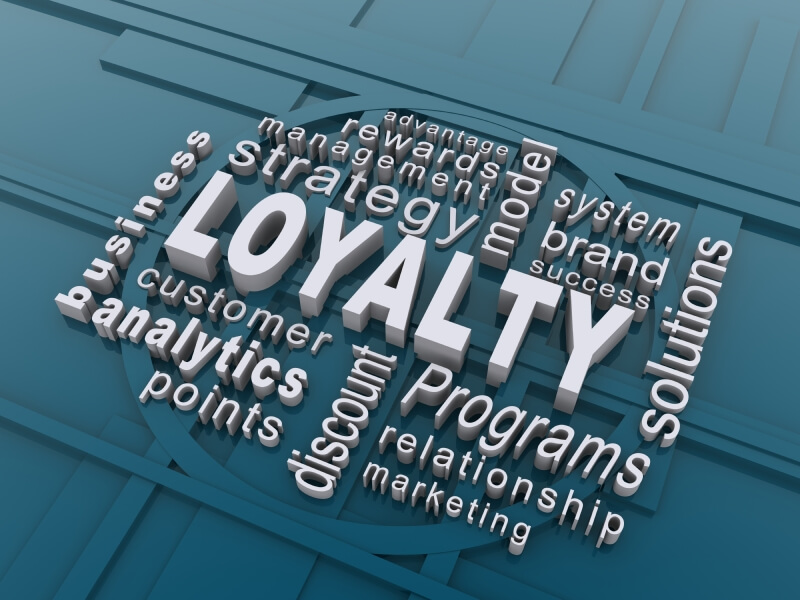
See why top ecommerce brands use Miva’s no-code platform to run
multiple stores, manage massive catalogs, and grow their revenue.
Looking for ways to grow your sales? Instead of focusing solely on finding new customers, take advantage of opportunities to engage your returning customers—the people who are already familiar with your brand and more likely to keep coming back to your business. With research demonstrating how retaining customers correlates to an increase in profit, customer retention should be a key part of your growth strategy.
One way to enhance your customer retention is by offering a loyalty program. In their research, Forrester found that 89 percent of online adults belonged to at least one loyalty program. Loyalty programs are effective tools for building up your customer base, increasing customer lifetime value, and creating more opportunities for customer engagement. Recent research shows that shoppers are more likely to recommend brands with good loyalty programs and increase their spending to maximize the benefits of the program.
In this article, we discuss how to determine who your customers are, how to design a program based on their needs, and how to successfully promote your program and encourage sign-ups.
The first step to creating any customer-centric plan is to determine who your customers are. The profile of your ideal customer could include their age, gender, household size, shopping habits, purchase history, their motivation for purchasing your products, and more. The next step is to evaluate their level of engagement with your business:
You can pull information from your POS system (if you have a physical store) or your ecommerce platform. You can also gain more insight by asking customers to complete a short survey about the products they buy and what they’re interested in. The more data you have on your customers, the better. This data will help you decide what kind of loyalty program will appeal to your customers, provide them with the most value, and keep them returning to your business.
There are many ways that you can structure your loyalty program. The best structure is directed towards your specific customer profile, offers realistic and attainable rewards, and is easy to understand. Once you determine your customer needs, choose a program that aligns with their shopping habits. Here are a few popular rewards structures:

Regardless of the structure you choose, the most important aspect is that your program is simple and accessible to customers. According to KPMG, 60 percent of millennial shoppers agree that loyalty programs are either too hard to join or challenging to earn rewards. Don’t be part of that 60 percent—be sure to make your loyalty program attainable and engaging to maximize its value for you and your customers.
A loyalty program cannot fulfill its purpose of getting customers to return to your store if no one signs up for it. To have a successful loyalty program, it is important to promote your new program and offer incentives for customers to join. Consider the following ideas:
When putting together your business’s first loyalty program, don’t go for the first cookie-cutter solution that you find. Give your customers exactly what they want from a rewards program, and they’ll give you more of their patronage.
A well-executed loyalty program is just one component of a customer retention strategy. Learn how you can further turn purchasers into lifelong customers.

Love it? Share it!
No worries, download the PDF version now and enjoy your reading later...
Download PDF Miva
Miva
Miva offers a flexible and adaptable ecommerce platform that evolves with businesses and allows them to drive sales, maximize average order value, cut overhead costs, and increase revenue. Miva has been helping businesses realize their ecommerce potential for over 20 years and empowering retail, wholesale, and direct-to-consumer sellers across all industries to transform their business through ecommerce.
Visit Website